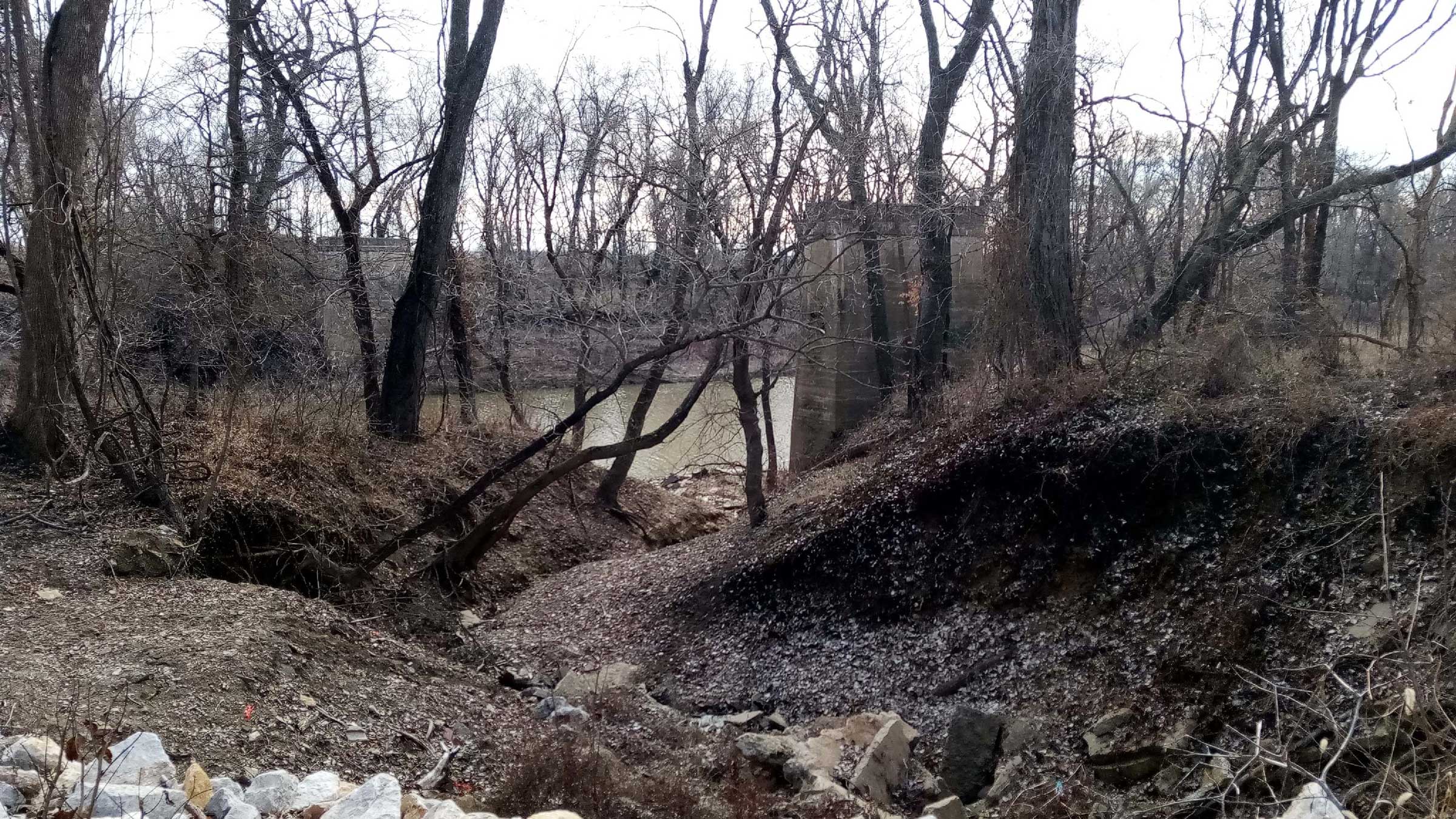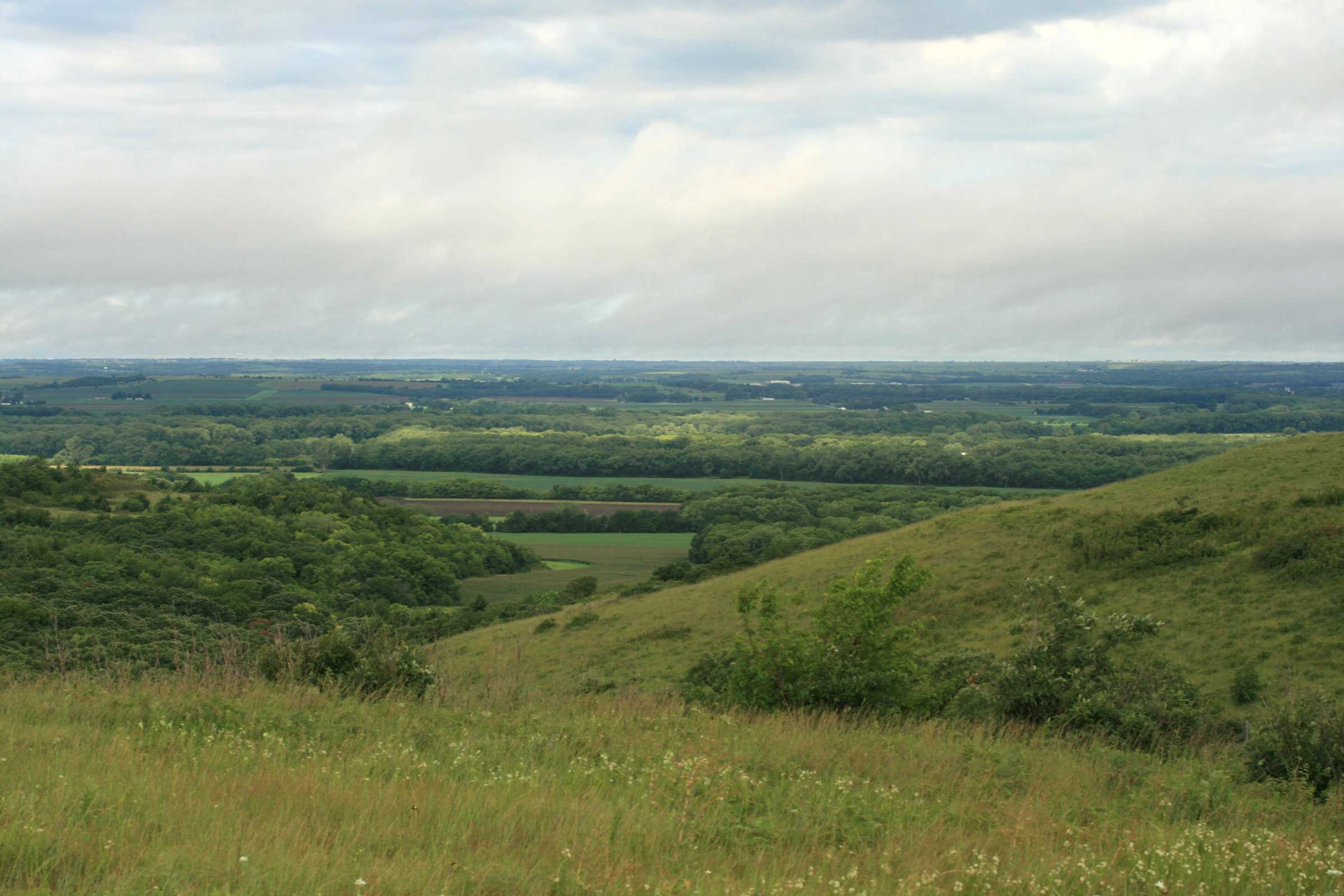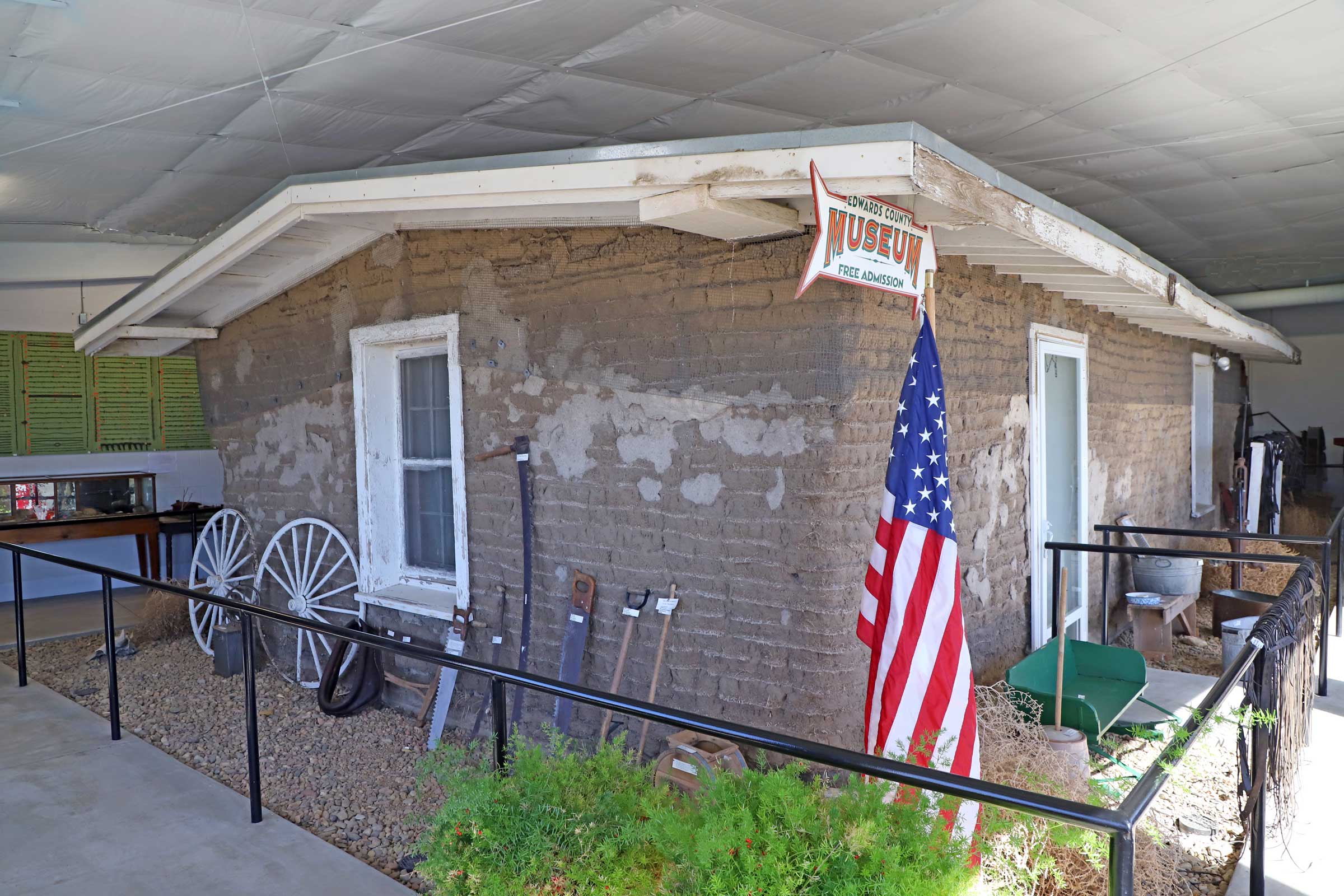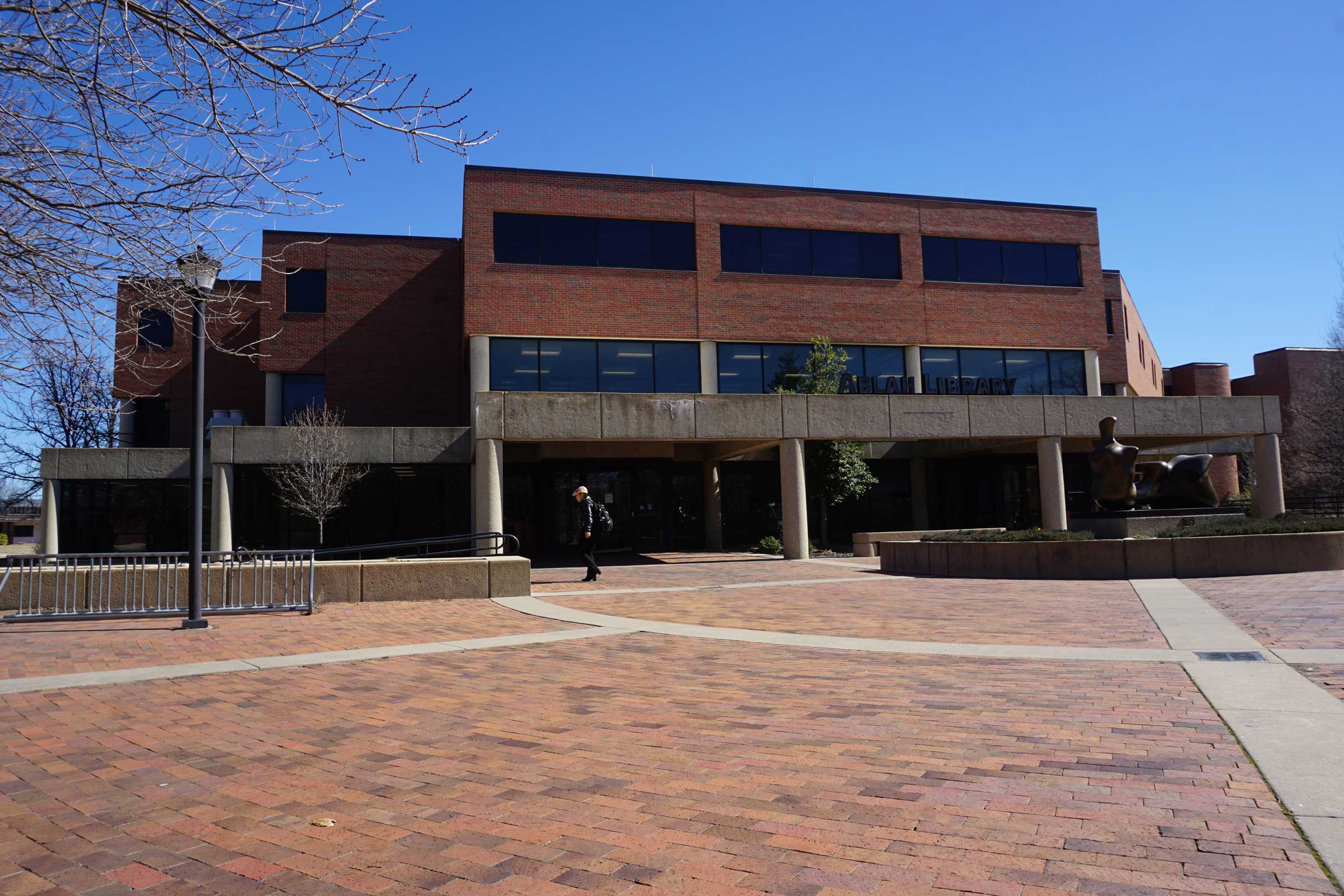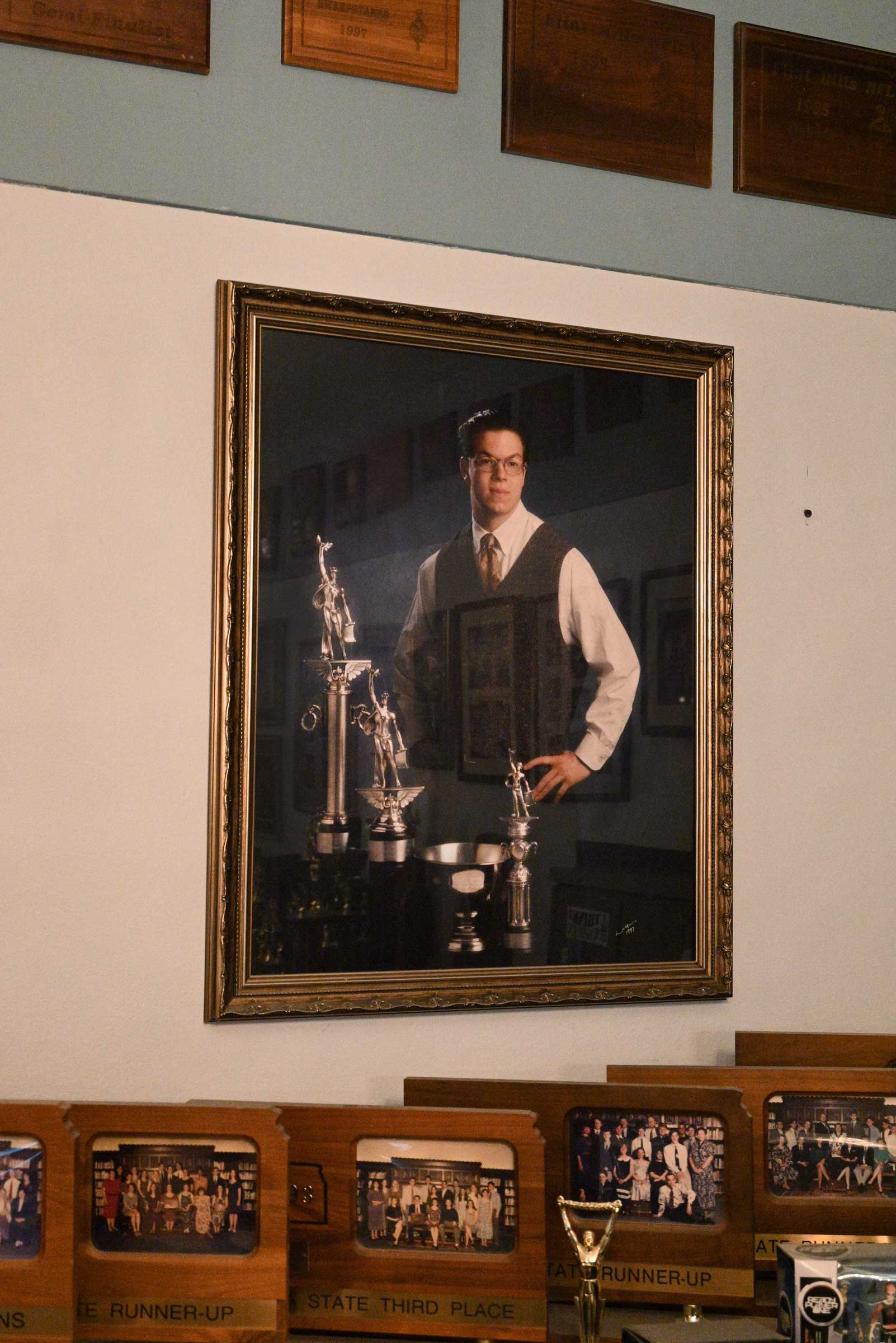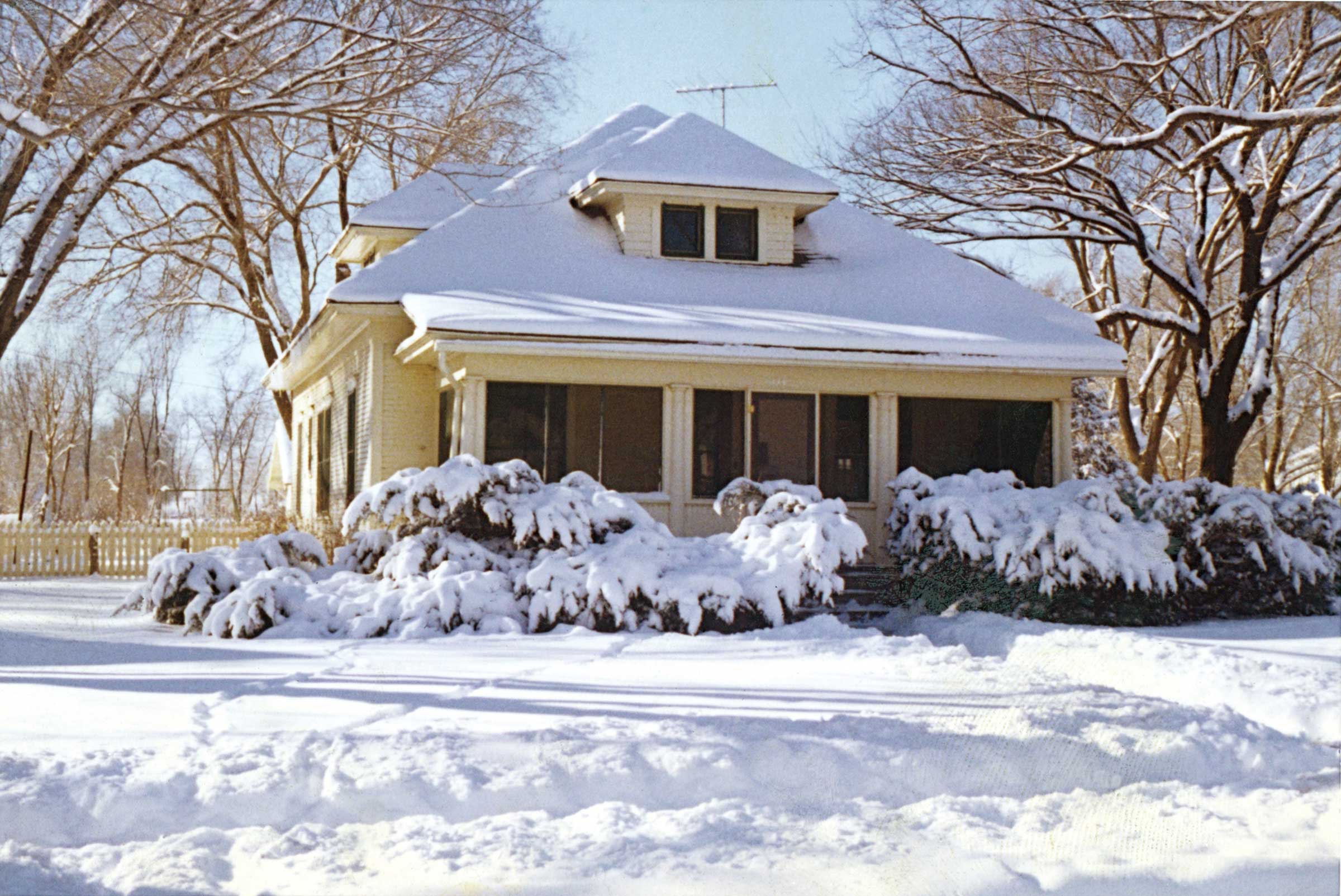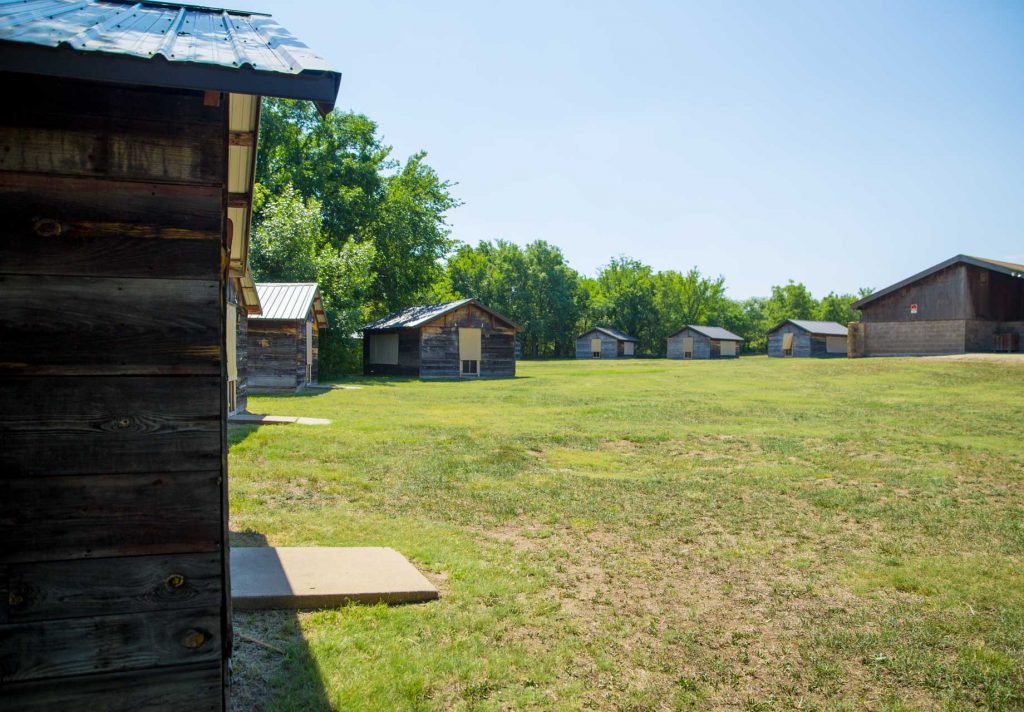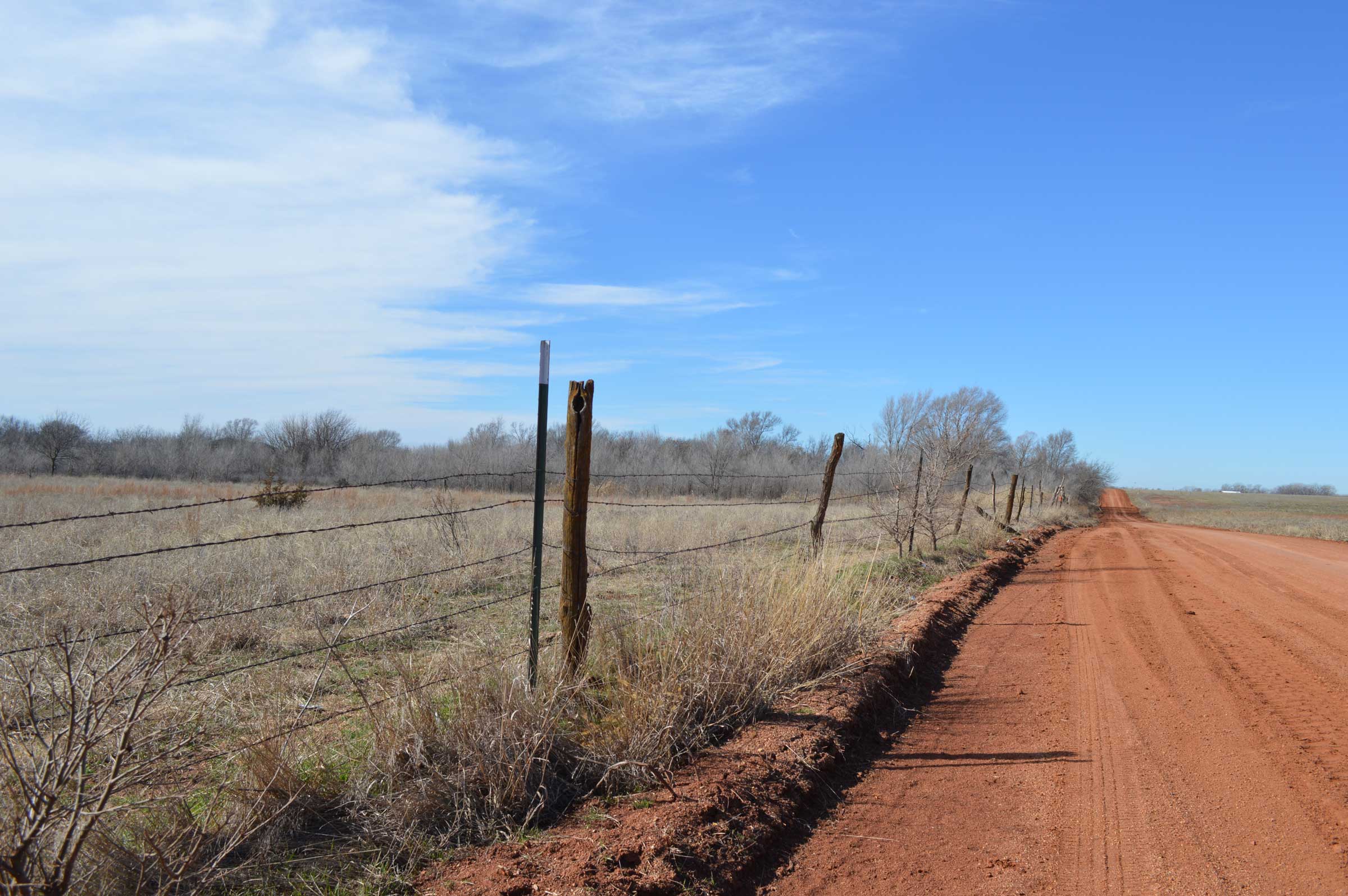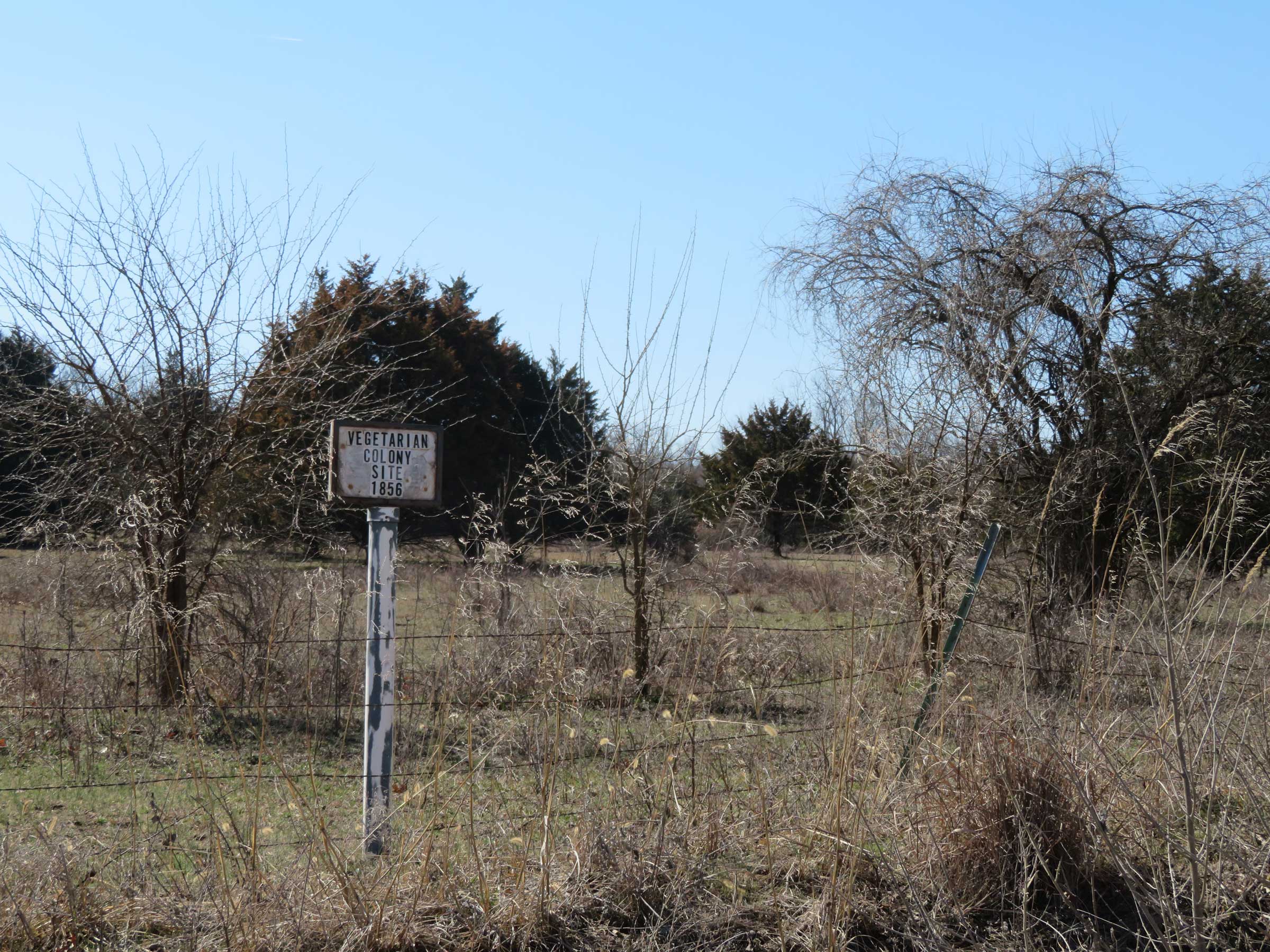William Inge
Riverside Park
Independence, Kansas
By Autumn Finley
Growing up in a flyover state, I never much considered the literary merit of my home in the southeast corner of Kansas. Apart from Laura Ingalls Wilder’s Little House on the Prairie, the novels I read were never set here. Then, in my senior year of high school, my drama teacher, Heather Wilson, introduced our class to the works of playwright William Inge. We were performing Picnic for the spring play, and we also read snippets of his other plays set in a fictionalized Independence, Kansas. I knew that Independence Community College had the Inge Center and the Inge Festival, but I had never processed that there was a famous playwright born and raised less than thirty miles from my family’s farm.
Learning about Inge made my corner of Kansas feel important. Our class took a field trip, looking at the homes in the historic areas of Independence to gain inspiration for our set. The professors at ICC opened the Inge home for our class to tour. It was then used as a home for their Playwrights in Residence program, and we saw the staircase and landing which likely inspired scenes in The Dark at the Top of the Stairs. We visited the Inge cemetery plot, paying our respects while marveling at how a literary giant rose to fame from our tiny corner of the lower Midwest.
However, the place I associate most with Inge is a small picnic spot by the Verdigris River, which can be accessed down a slight ravine beyond the larger picnic areas at the Riverside Park and Ralph Mitchell Zoo. A lone concrete table was nestled in the bottom of the ravine, time wearing it down to a pocked finish, but the area was well-kept and mown for park-goers.
As the spring semester of my senior year rolled to a close, with opening night looming, our cast met up for our own picnic by the Verdigris, overlooking the murky water and an old concrete bridge. We munched on our sandwiches, mulling the fleetingness of our youth, understanding that the innocence of our own childhoods was fading, much like the realizations many of the characters have throughout the play. Helen Potts, a middle-aged character, reflects on the juxtaposition of day-to-day life and the energy of the teenage and young adult characters, saying to her neighbor, “I feel sort of excited, Flo. I think we plan picnics just to give ourselves an excuse … to let something thrilling and romantic happen to us—” The play hinges on love, both romantic and familial, and how those bonds shape people’s choices and dreams. For me and my classmates, our own hopes and plans echoed around the picnic table, the sound eventually carried down the lazy Verdigris.
Now, all that remains of that concrete picnic table is the base that anchored it to the ground. The bridge has been reduced to its pillars, likely worn down by flooding and the passage of time. Despite the rubble and debris dotting a ravine along the bank, the area remains a serene spot to enjoy views of the park to the west and the tangled woods around the river to the east.
A few years after graduation, I took the time to watch the film version of Splendor in the Grass. I knew the screenplay was Inge’s, but I was impressed by how much control he managed to maintain over the set design. The film featured Natalie Wood as Wilma Dean (Deanie) and Warren Beatty as Bud, and there they were on my TV screen, cast into a familiar setting of clapboard houses and screened porches. In that technicolor Independence, Kansas, were the high school students clad like so many photos from yearbooks past, and there was that concrete bridge and picnic area, nearly identical to my childhood memories of the place. Although rendered a brighter green than I remembered, there was the park where I had played with my family before riding the carousel, which still only costs a nickel, the same place I had gathered with friends on field trips. That same place was depicted by the Hollywood-cast coeds, swimming, chatting, and enjoying the everyday pleasures of growing up in small-town USA.
The screenplay itself is a marvel—the storyline, plot, and dialogue rich with commentary about young love and lower Midwest culture in the early twentieth century, yet it was the set design that swelled my pride. Independence seemed so important and large on the screen, perhaps as important as the British settings I was used to studying in college. Inge saw the importance of those literary connections too, tying his work to William Wordsworth’s poem of the same title. In an early classroom scene, Natalie Wood as Deanie recites:
“Though nothing can bring back the hour
Of splendour in the grass,
Of glory in the flower,
We will grieve not, rather find
Strength in what remains behind”
This universal truth of innocence lost, growth, and distance in time persists as grass withers, dies, and grows again each year. Time moves forward despite personal and communal setbacks. Park benches and picnic tables are rearranged; bridges crumble and fade into memories. Still, we can take strength in the shared understanding of our community places. Inge bridged a gap in my understanding—that my childhood places were worthy of being a literary landscape.
Autumn Finley grew up in Altamont, KS, but has lived and studied in various communities across Kansas, Missouri, and Oklahoma. She is currently an Associate Professor of literature and composition at Southwest Baptist University in Bolivar, MO.
Photo by Liz Finley.


